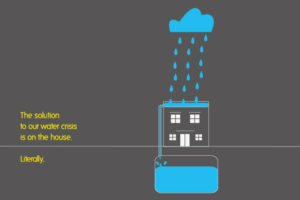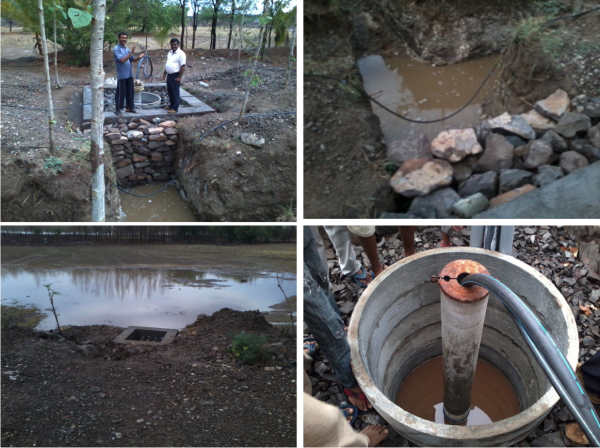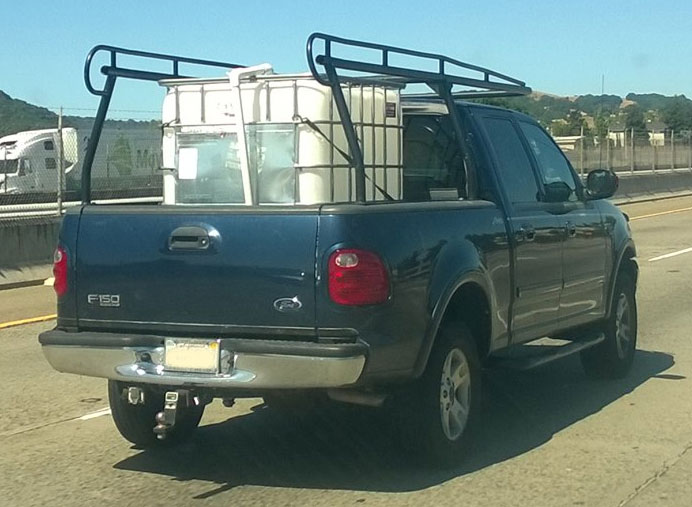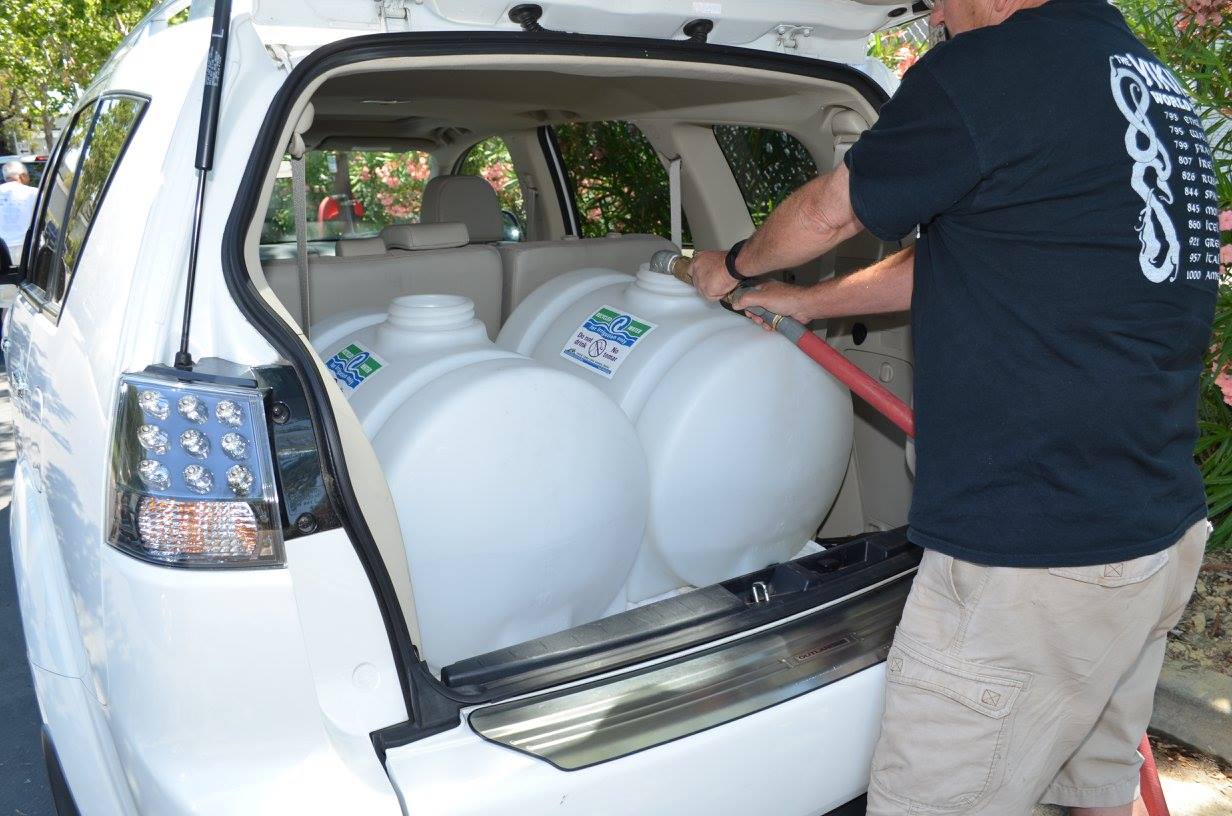“Groundwater, the supply of water in underground aquifers that serves as a savings account of sorts during dry years, is still low and getting lower due to overpumping.” – Peter Gleick, chief scientist and president emeritus of the Pacific Institute

Poster from WWD’13 – India
Take it from the experts, despite epic rainfalls with feet of water falling from “Atmospheric Rivers” the west coasts’ equivalent to a hurricane, parts of California will still have to conserve water.
What? How?
The massive quantities of water (measured to be 5.7 Trillion gallons in January 2017) is quickly flowing out to the oceans and not percolating deep into the ground to recharge the water table. Californian’s need to look to our peers in India to learn how they are working to recharge the groundwater in one of their cities, Bangalore.

Credit: Chaitanya Krishnan
In a 2013 campaign called “Catch Every Drop“, aimed at ‘conserving and harvesting water in Bangalore because now is the right time to talk about saving every drop while we can.’ Techniques were employed for home owners to capture rainwater and use it to recharge the aquifers that they depend on for freshwater supplies.
The same is true in California. The page linked here lists a ton of resources that India Water Portal (Arghyam) has compiled for you, your communities, and your cities so you can harvest rainwater and use it to recharge groundwater aquifers.
For example, one story from Sikandar Meeranayak, CEO of SKRDP, he brought his knowledge of “borewell recharge” to the masses. His work took borewells that were dry for 18 years and recharged them to benefit everyone. The examples played out in this article are the exact same ones used by farmers in the California Central Valley. Wells were dug deeper and deeper to find water, now by directing rainwater back down the shallow wells, the water table can be recharged!

SKRDP‘s borewell recharge method.
Borewell Recharge
“In this technique, a 10x10x10 feet pit is dug around the casing pipe of the tube well. Tiny slits are made into the casing pipe, which is then wrapped in nylon mesh. Cement rings are laid one upon another around the pipe, creating a circular structure at the centre of the pit. The rest of the pit is packed with natural filtration material such as stones and sand.”
“Next to this pit – called the primary percolation pit – a large pond is dug. During the rains, rainwater from the plot is directed to this catchment pond via trenches or pipes. The water then enters the primary percolation pit and, after being filtered by the stones and sand, seeps in through the gaps between the cement rings. After a final round of filtration by the mesh, the water enters the casing pipes through the tiny slits and goes underground to replenish the water tables and aquifers.”
The cost of recharging each borewell through rainwater harvesting is between Rs 20,000 ($297 US) and Rs 30,000 ($445 US).
Similar to how the State of California implemented the California Turf Replacement Initiative by providing funding to remove turf grass and promoted drought tolerant plants to save water. The State of California should provide funding or encourage businesses and homeowners (especially those that still have lawns) to build groundwater recharge pits.
We could benefit by recharging the aquifers and really work to bring our water “savings account” back up. This would help all of us secure our water needs during dry years and put excess rainwater runoff back into the ground instead of out to sea. Most people want to do what is right, here is our opportunity to do so.
In the mean time, maybe it would be best for everyone to just dig some form of an Infiltration Trench and capture the rainfall from their roof in tanks or let it percolate into the ground. I did, it was really easy to do.



Leave a Reply